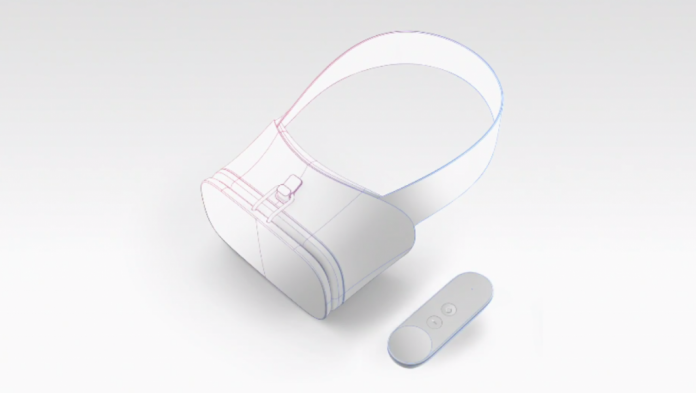Yesterday search engine giant Google announced at its annual conference in Mountain View, California, its future plans for virtual reality (VR). The company revealed Google Daydream a VR head-mounted display (HMD) and software platform, alongside content partners and videogame developers working on new projects. Now Google has released details on setting up your own Daydream development kit.
On Google’s VR developer page the company first lists the prerequisites:
- A Nexus 6P phone to use as your headset phone. You will install the Android N Developer Preview, version 3 or higher.
- A second Android phone, running KitKat or above. This phone is used to emulate the Daydream controller.
- A VR viewer, such as Google Cardboard.
Google does note that currently only Nexus 6P is the only supported device to be used for the headset. After downloading the Android N Preview developers will then need to select the Google VR SDK for either Android SDK/NDK or Unity.
Next is setting up the smartphone for using in the headset, follow these instructions to install the Android N Developer Preview, version 3 or higher:
Once the Developer Preview is installed, enable Google VR by following these steps:
- Enable USB debugging on your device by going to Settings > Developer options.
- If Developer options is hidden, go to Settings > About phone and tap Build number seven times. Return to the previous screen to find Developer options.
- Enable Google VR Services by installing an app for Daydream. You can use the Controller Paint demo app to do this; download the APK and install it from a command line with:
- adb install -r path-to-download/controllerpaint.apk
- Reboot your device for all changes to take effect.
- Turn on Google VR Services permissions.
- Select Settings > Apps, press more_vert in the upper-right, then select Show system.
- Select Google VR Services from the list of apps, then select Permissions. Turn on all the permissions options there.
- Turn on special access for Google VR Services.
- Select Settings > Apps and press settings in the upper-right to open the Configure apps menu. Scroll to the bottom and select Special access.
- For each of the following options, select it and turn on Google VR Services:
- Do Not Disturb access
- VR helper services
- Notification access
- Enable Bluetooth and Location Services.
- Select Settings > Bluetooth, and turn on Bluetooth if needed.
- Select Settings > Location, and turn on Location if needed.
- From the Location menu, select Mode and choose High accuracy.
- Enable the Controller Emulator in the Google VR Services settings menu.
- Launch the app for Daydream you installed earlier.
- Press the settings button at the bottom of the screen, then press Setup.
- You should now be in the Google VR Services settings screen. Select Enable Controller Emulator. Read the warning, then tap I accept.
- Close the app by pressing the square Recents button in the bottom-right and swiping the app away.
The instructions then detail how to install the Controller Emulator app: “You can get the APK from the Android SDK repo on GitHub. The Controller Emulator is an Android app that simulates a Daydream controller.Since users can’t see the controller with a headset on, it is designed to be easy to understand by touch alone. To simulate this with the Controller Emulator, you can use a physical cutout so you can feel the trackpad and button areas.”
Then it’s time to connect the two phones together and run the Google Daydream demo app.
VRFocus will continue its coverage of Google Daydream, reporting back with further details.















